Search
Search Results

Interview
Interview: Empire of the Black Sea by Duane Roller
Multiple Fulbright Award-winning Duane Roller joins us to talk about his new book, Empire of the Black Sea. The first thorough analysis in English of the dynasty as a whole, Empire of the Black Sea chronicles each ruler of the Mithridatic...
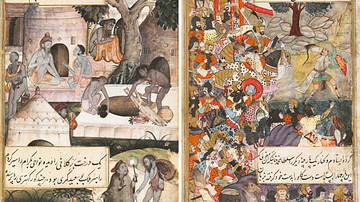
Image
Two Folios from the Baburnama
Two detached folios from the Baburnama - the book of Babur which tells the life story of the Emperor Babur (1483-1530) who founded the Mughal Empire in 1526. The left folio shows ascetics at a shrine while on the right is a ceremony where...
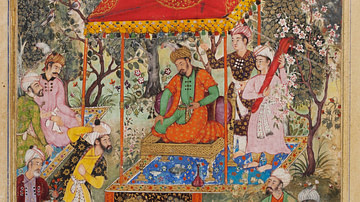
Image
Folio from the Baburnama
Babur (1483-1540) who fled Ferghana in present day Uzbekistan to found the Mughal Empire in 1526, receives Uzbek and Rajput envoys. These envoys are offering their congratulations following Babur's accession to the throne. This is a detached...

Article
Daily Life in the Byzantine Empire
Daily life in the Byzantine Empire, like almost everywhere else before or since, largely depended on one's birth and the social circumstances of one's parents. There were some opportunities for advancement based on education, the accumulation...
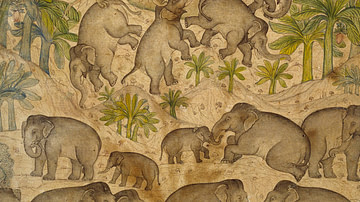
Image
Elephants with Mythical Beasts
A Mughal painting showing mythical winged beasts surrounded by elephants. Line drawing with coloured wash, about 1610 – 20, Mughal. Museum no. IM.155-1914. © Victoria and Albert Museum, London
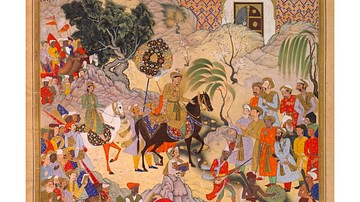
Image
Folio from Akbarnama
The third Mughal Emperor Akbar's (1542-1605) triumphant entry into the city of Surat. A detached folio from a copy of the Akbarnama - the book of Akbar which chronicles his life and reign. Opaque watercolour and gold on paper, by Farrukh...
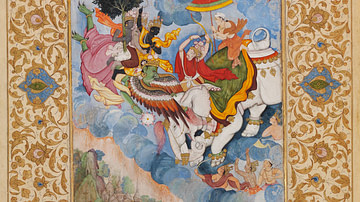
Image
Folio from the Harivamsa
The third Mughal Emperor Akbar (1540-1605) sought to quell tensions between the Hindu and Muslim communities of Hindustan. Seeking to engender religious harmony and tolerance, he commissioned the translation of major Sanskrit texts into Persian...

Article
Religion in the Mongol Empire
The Mongol Empire (1206-1368 CE) covered Asia from the Black Sea to the Korean peninsula and so naturally included all manner of religions within its borders, but the Mongols themselves had their own particular religious beliefs and rituals...
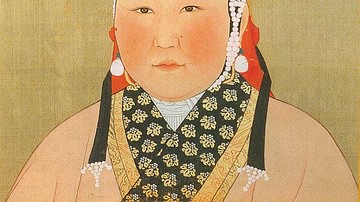
Article
Women in the Mongol Empire
Women in the Mongol Empire (1206-1368 CE) shared the daily chores and hardships of steppe life with men and were largely responsible for tending animals, setting up camps, childrearing, producing food and cooking it. Having rather more rights...
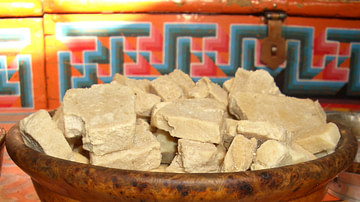
Article
Food & Drink in the Mongol Empire
The diet of the Mongols was greatly influenced by their nomadic way of life with dairy products and meat from their herds of sheep, goats, oxen, camels, and yaks dominating. Fruit, vegetables, herbs, and wild game were added thanks to foraging...